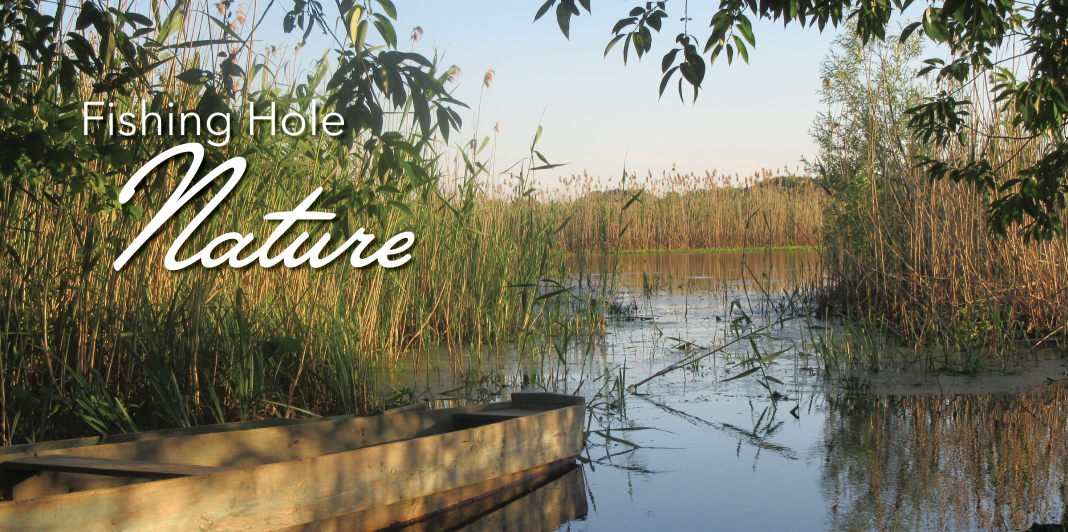Fishing Hole Nature: Leaves Make Fine Desserts!
At the very heart of it, worms and insects of all kinds are crucial to the survival of birds. The importance of these food sources is greatly under-appreciated.
Birds are sometimes classified by what they eat. Herbivores feed on plants, berries, fruit and seed. They can be split up endlessly into granivores, nectivores and other definitions. Carnivores eat flesh and insects, and can also be split into insectivores, piscivores, etc. And finally, there are omnivores who eat it all! We humans are omnivores, and the reality is that most birds are too!
You will rarely, if ever, see a bluebird at your seed feeder since they eat mostly insects and worms. Except…there’s that ‘except’ word…what birds eat depends on the season, what is available, if they are raising chicks, and what they want to eat. For example, in spring and summer the diets of our Eastern Bluebirds are 80% insects, caterpillars and worms because bluebirds prefer them, and they need high protein for breeding and to feed their chicks. These things are plentiful in the spring. But in winter an Eastern Bluebird’s diet switches to mostly fruits and berries, such as hackberries, wild grapes, yaupon berries or poison ivy berries. There are not as many insects in winter, and in the cold temperature birds go to high sugar food sources to fuel their metabolisms. Therefore, bluebirds are forced to become omnivores, but you’ll rarely see them at your seed feeders.
A different example is the Northern Cardinal. They love seeds far better than insects and seeds make up most of their diet. But they also eat insects and worms. When feeding chicks, they give them insects of all sizes, big and little! So, cardinals are occasionally omnivores too, but unlike bluebirds you will definitely see them at your seed feeders in droves.
One final thing to mention. Allowing leaves to spread and stay over your autumn yard creates a very healthy spring yard. If it is possible for you to “leave the leaves” and let them over-winter, in springtime your yard will provide a wonderful resource for many creatures. The birds, turtles, butterflies, toads, squirrels, moths, and other creatures will have more insects, or better shelters, or plenty of nesting material because you “left the leaves”. Please consider it.















